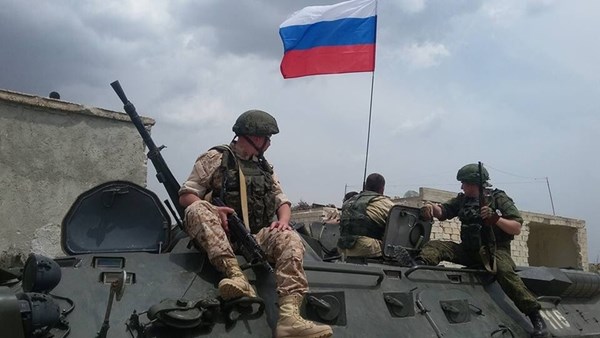Russia pledges aid to yet another African country
Russia is continuing its attempts at geopolitical expansion in Africa amid an impasse in its relations with the West and unclear prospects of cooperation with China. The list of African countries receiving Russian arms shipments now includes Mali.
At the Army 2019 open forum in Kubinka on Tuesday, Russian Defense Minister Sergey Shoygu and his Malian colleague General Ibrahim Dahirou Dembele signed an intergovernmental agreement on military and technological cooperation.
The document, which generally serves as the legal basis for selling Russian arms to foreign countries, will facilitate the strengthening of bilateral ties in the defense sphere, Shoygu noted.
“Promoting military ties serves the interests of both of our countries,” he emphasized, adding that Russia and Mali have enjoyed nearly 60 years of friendly relations.
As a permanent member of the UN Security Council, Russia intends to facilitate the “normalization” of the situation in Mali, where “a high level of terrorist threats persist”, Shoygu said, adding that he believes the NATO states are primarily to blame for this situation.
“The roots of the problem, the distribution of arms in Western and Central Africa and the emergence of numerous jihadist groups, go back to 2011, when the West carried out an operation to change the regime in Libya,” the minister remarked.
He also added that, “despite the sanctions that have been imposed in order to freeze scientific and technological progress in Russia, the defense industry enterprises have not only stood their ground, they are even building up a positive development dynamic”.
However, despite the significant declarable order portfolio ($55 billion) of RosOboronExport, the Russian defense export agency, the sale of weapons is not a serious source of income to the Russian economy. In general, it is done through loans provided by Russia, most of which are never repaid, observes Andrey Movchan, director of the “Economic Policy” program at the Carnegie Moscow Center. For example, in 2015, 25% of all Russia’s arms shipments went to Venezuela, which will never pay, he remarks.
This probably explains the significant discrepancies in the data on how many weapons Russia actually sells.
On Monday, Russian President Vladimir Putin cited a record income of $16 billion for last year, whereas the British experts from Jane’s estimate the true figure to be just over half that, $8.5 billion.
Customs statistics also indicate that part of the foreign arms exports are done with huge discounts or free of charge, analysts from Raiffeisen Bank wrote in February.
Under the category “vehicles and equipment”, which also includes military vehicles, Russia’s customs service documented an 11.1% increase in export quantities. However, paradoxically, these shipments brought in virtually no additional revenue. “The significant increase in the sale of vehicles and equipment (especially in conjunction with such a significant decline in their export prices) looks unusual. One of the possible explanations is that vehicles, especially military vehicles, are being sold at low prices, or for free,” the Raiffeisen Bank analysts explained.
